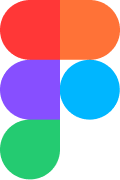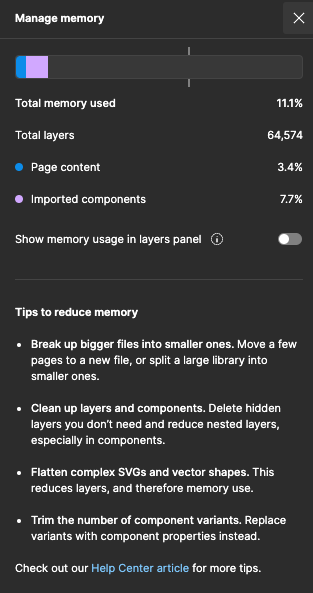I have a prototype with a lot of connections but overall the file is small (11%).
Although the prototype lags, loads slowly, and triggers the ‘unable to load…’ browser notification.
- There are no images within the file
- Most animations are ‘smart animate’



